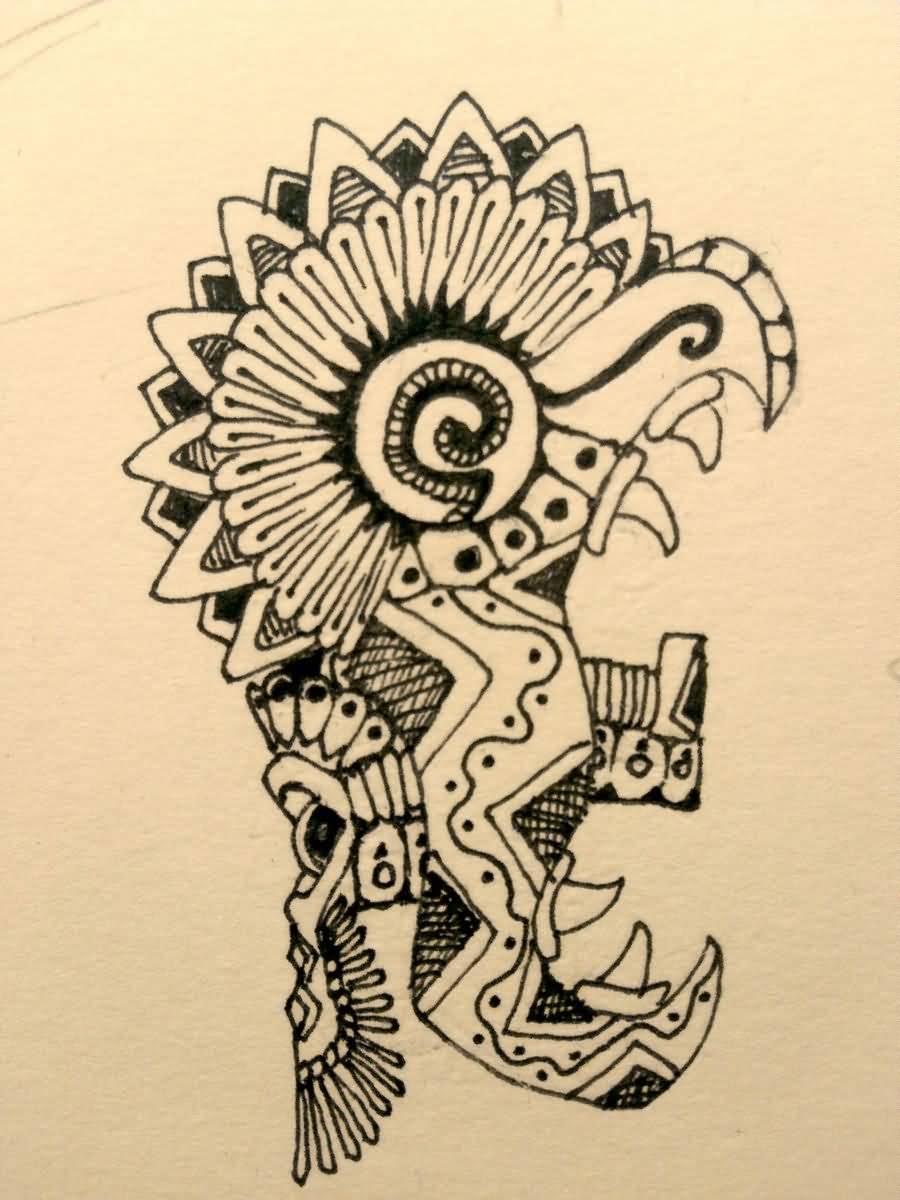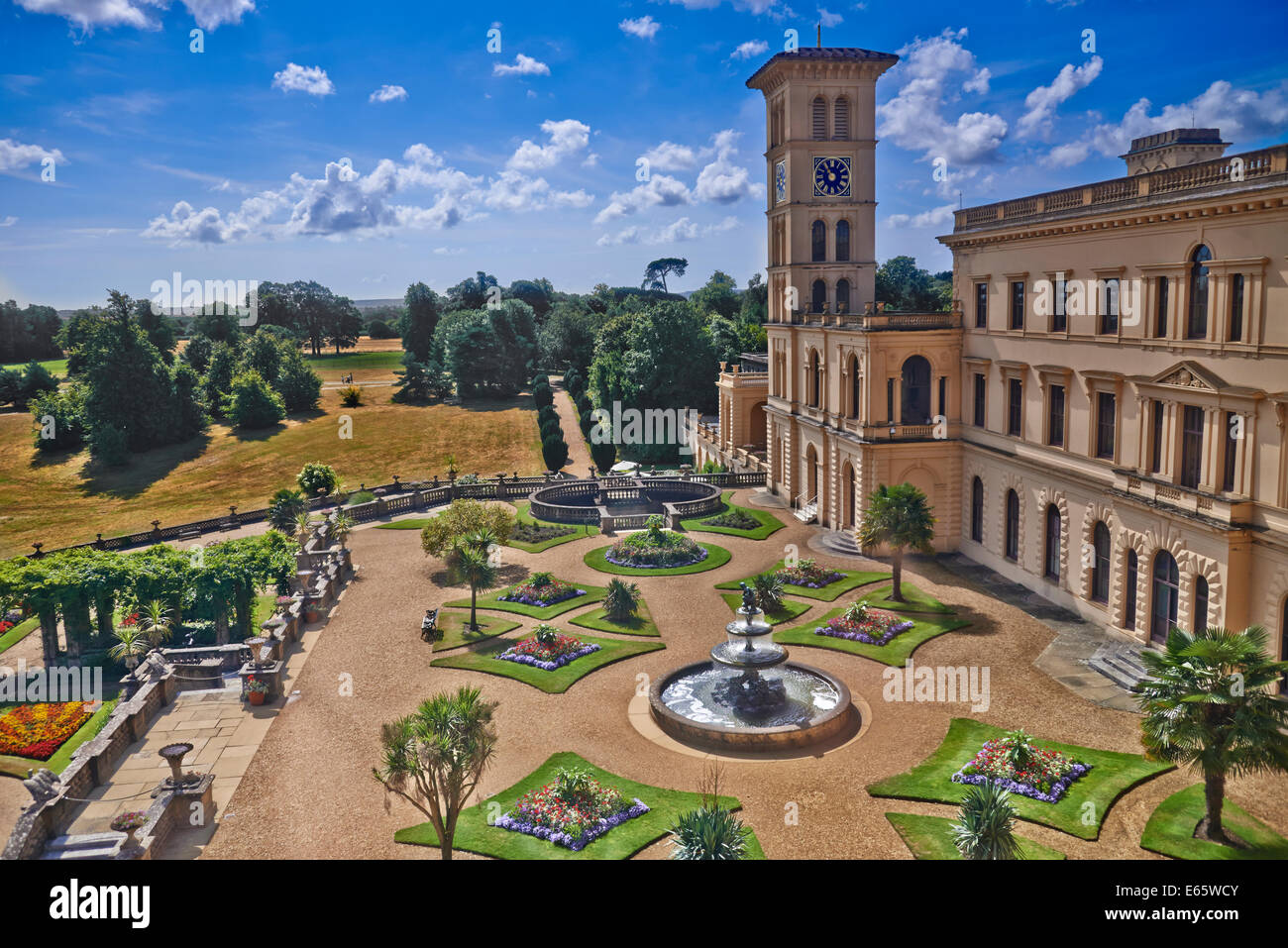Table Of Content
- Pyramids and Mayan Gods
- Maya Temples
- Who used Mayan Pyramids?
- Symbolism and Meaning: Decoding the Language of Mayan Designs
- Hollyhock’s lasting impact in the architecture field
- Frank Lloyd Wright's Robie House was his most "consummate expression" of Prairie style
- Preserving Mayan Designs: Cultural Heritage and Artistic Revival

These patterns were not only aesthetically pleasing but also carried symbolic meanings. For example, the stepped pyramid motif represented the sacred mountain, which was believed to be the center of the universe and the dwelling place of the gods. Other patterns, such as the serpent motif, symbolized fertility and regeneration. The grandeur of their pyramids, palaces, and temples, such as the famous El Castillo in Chichen Itza, inspired intricate carvings and patterns. The layouts and proportions of these structures were meticulously planned, showcasing the Mayans’ advanced mathematical knowledge and precision.
Pyramids and Mayan Gods
Weekly updates on the latest design and architecture vacancies advertised on Dezeen Jobs. Daily updates on the latest design and architecture vacancies advertised on Dezeen Jobs. Over the years the residence fell into disrepair, as a result of earthquakes and design faults. In the early 2000s, Project Restore undertook a major renovation of the residence and it reopened to the public in 2015.
Maya Temples

Mayan art is characterized by its intricate glyphs, patterns, and vibrant colors, all of which hold deep symbolic meaning. In this article, we will explore the significance of Mayan glyphs in artistic symbolism. The most common art forms in Mayan art include ceramics, pottery, sculpture, murals, stone-carved objects, and ornaments, as well as stone relief carvings on architecture and temples. For several hundred years, the Mayan Classic period birthed an influx of creative talent in the form of stone carvings across Mayan regions.
Who used Mayan Pyramids?
These were commonly limestone platforms of typically less than four meters in height where public ceremonies and religious rites were performed. Constructed in the fashion of a typical foundation platform, these were often accented by carved figures, altars and perhaps tzompantli, a stake used to display the heads to the victims or defeated Mesoamerican ballgame opponents. Besides the codical glyphs, there existed a cursive script of an often dynamic character, found in wall-paintings and on ceramics, and imitated in stone on panels from Palenque (such as the 'Tablet of the 96 glyphs'). Often, written captions are enclosed in square 'boxes' of various shapes within the representation. Starting in the early 1970s, the historiography of the Maya kingdoms – first of all, Palenque – came to occupy the forefront. Art-historical interpretation joined the historical approach pioneered by Proskouriakoff as well as the mythological approach initiated by M.D.
A Taylorsville teen wins a $10,000 scholarship for a duct-tape tuxedo honoring his roots - Salt Lake Tribune
A Taylorsville teen wins a $10,000 scholarship for a duct-tape tuxedo honoring his roots.
Posted: Mon, 10 Jul 2023 07:00:00 GMT [source]
For larger building projects, the Mayans would stucco the whole structure’s exterior before painting it vivid colors such as yellow, red, green, and blue. The most often used tools were made of stones obtained in the local natural surroundings. Limestone was used extensively in Mayan tool manufacture because it was naturally abundant in most locations.
Notable constructions
An elevated building rises on the plaza’s east side, there are versions that include three smaller temple structures substituting this platform, with the center of these substructures located precisely opposite the principal building. Two further auxiliary structures are commonly seen on the plaza’s southern and northern sides. In E-group structures, only the eastern stairway, ascending from the plaza, provides access to the top. Many Maya temples are adorned with complex stone carvings and glyphs, the most impressive specimen being Copán’s iconic Hieroglyphic Stairway. The Maya tended to create a foundation and then construct upon it, breaking it down when the timber and thatch wore away or deteriorated and reconstructing on the same foundation. The majority of these platforms have been destroyed due to floods or invading wilderness because the common Mayan citizens were forced to settle on lower elevations than the temples and palaces in the city’s center.
The north building of the Nunnery has 13 doorways - the levels of the heavens, the south building has 9 - the levels of Xibalba, and the west building has 7 - the Maya mystic number of the earth. The Mayan civilization was one that was rich and highly sophisticated for its time. It had all of the markings of a thriving society such as science, government, religion, and most importantly art.
Often, large mask panels with the plastered heads of deities in high relief (particularly those of sun, rain, and earth) are found attached to the sloping retaining walls of temple platforms flanking stairs (e.g., Kohunlich). Stucco modeling and relief work can also cover the entire building, as shown by Temple 16 of Copan, in its 6th-century form (known as 'Rosalila'). Dedicated to the first king, Yax K'uk' Mo', this early temple has preserved plastered and painted facades. The stuccoed friezes, walls, piers, and roof combs of the Late Preclassic and Classic periods show varying and sometimes symbolically complicated decorative programs.
For many, the ancient Mayan civilization is exotic, fascinating, and even a bit scary. In 2012, with the end of the Mayan calendar, it was all anyone could talk about. However, even though their prediction was not correct, there is still a lot to learn about these incredible people. The Mayans constructed some of the largest and most magnificent pyramids in the Mesoamerican region, some of which were being used by the time the Spaniards arrived. The sudden decline of the Mayan civilization after 900AD also resulted in declining practice of constructing pyramids until eventually it was abandoned, although the previously existing pyramids continued to be used.
The vibrant colors, geometric patterns, and intricate weavings of Mayan textiles have become a source of inspiration for contemporary fashion. From embroidered details to textile prints, Mayan designs bring a touch of cultural richness and uniqueness to modern garments. Mayan weavers employed various techniques to create their intricate textiles. Backstrap looms, a traditional type of loom, were used to weave intricate patterns and designs. The weavers skillfully combined different colors and types of threads to produce stunning textiles. Dive into the symbolic language of Mayan designs, deciphering the hidden meanings behind their intricate patterns.
The jewelry designs often incorporated Mayan symbols and motifs, such as animals,celestial bodies, and geometric shapes, each carrying its own symbolic meaning. For example, a necklace adorned with a jaguar pendant symbolized strength and protection, while earrings featuring the sun and moon represented the balance between light and dark, day and night. Mayan temples were adorned with vibrant stucco decorations, featuring intricate patterns, symbols, and hieroglyphs. The stucco was composed of limestone and other materials, which allowed for intricate carving and sculpting. The colorful stucco decorations added an extra layer of beauty and symbolism to the already impressive architecture.
The architect was designing the Imperial Hotel in Japan at the same time and so apparently left a lot of decisions to his son, the lesser-known Lloyd Wright, and the Austrian-born American architect Rudolph Schindler. In celebration of American architect Frank Lloyd Wright's 150th birthday this week, we're looking back at five of his most pioneering projects. Next up is the Hollyhock House, which was influenced by the style of seventh-century Mayan temples. Glyphs were a system of writing used by the Mayans to record historical events, religious rituals, and astronomical observations.
It is through these various forms of Mayan art that we have been able to uncover so much of their history. Populations dwindled and they went back to living in fairly simple farming communities. The most notable factor that could have led to the diminishing of the Mayan empire was changing weather patterns. This included artisans, merchants, lower members of the priesthood, farmers, and slaves. Mayan artwork, which will be discussed separately, clearly shows the omnipotence of their king. Much like in Western societies, a king was selected from the male bloodline of the previous king.
However, this land can only be worked for a short period before it must be given time to replenish. Upon further exploration, it was discovered that they used advanced aquaponic techniques and irrigation systems, as well as multi-tier farming. It is believed that this was due to internal conflict and adverse weather patterns.












